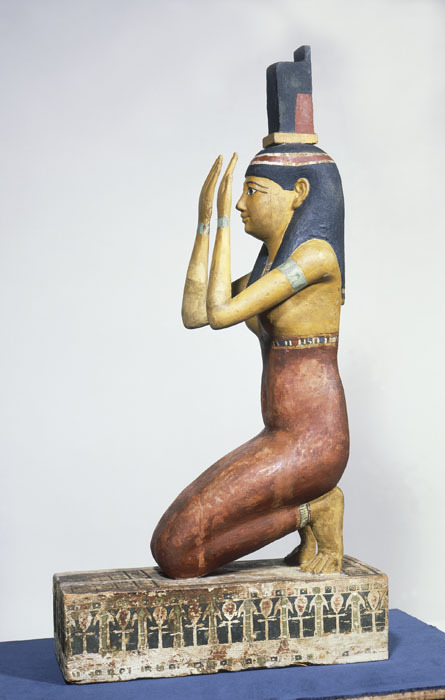Text

A warrior's helmet crowned with a myrtle wreath. Attic black-figure amphora, artist unknown; ca. 575-550 BCE. Found at Phaleron in Attica; now in the National Archaeological Museum, Athens. Photo credit: Carole Raddato.
331 notes
·
View notes
Text
I WAS HACKED. But I'm back now! thank you all for your concern and support. I really appreciate it.
15 notes
·
View notes
Photo








Burial Chamber decoration of Tutankhamun (1963)
751 notes
·
View notes
Text

i swear i won’t let it consume me this time…
16 notes
·
View notes
Photo

Babylonian Deities
Babylonian religion is the religious practice of Babylonia. Babylonian mythology was greatly influenced by their Sumerian counterparts and was written on clay tablets inscribed with the cuneiform script derived from Sumerian cuneiform. The myths were usually either written in Sumerian or Akkadian. Some Babylonian texts were translations into Akkadian from the Sumerian language of earlier texts, although the names of some deities were changed.
Some of the stories of the Tanakh are believed to have been based on, influenced by, or inspired by the legendary mythological past of the Near East.
220 notes
·
View notes
Photo

The goddess Thetis, riding a hippocampus (seahorse), delivers newly forged arms to her son Achilles. Mosaic from the main andron of the House of the Mosaics, Eretria, artist unknown; ca. 400-350 BCE.
#classics#ancient greece#classical greece#classical mythology#trojan war#thetis#homer#the iliad#iliad#mosiacs#mosaic
3K notes
·
View notes
Photo

Scene of the weighing of the heart, from a copy of the “Book of the Dead” prepared for Nany, Singer of Amun. Artist unknown; ca. 1050 BCE (21st Dynasty, Third Intermediate Period). From the tomb of Meritamun at Deir el-Bahri; now in the Metropolitan Museum of Art.
#art#art history#ancient art#egypt#ancient egypt#egyptian art#ancient egyptian art#egyptian religion#ancient egyptian religion#anubis
709 notes
·
View notes
Text

The Unveiled
#ancient egypt#ancient history#egyptian hieroglyphs#egyptian mythology#egyptian gods#egyptian#egypt#history
257 notes
·
View notes
Photo

Hathor & King Seti I (detail)
New Kingdom, 19th Dynasty, Tomb of Seti, Valley of the Kings (Eastern), Egypt.
© Musée du Louvre
543 notes
·
View notes
Text

Statue of Lady Sennuwy.
Pinterest.
#ancient egypt#egypt#ancient egyptians#egyptian#Egyptian#lady sennuwy#egyptian statue#egyptian statues
86 notes
·
View notes
Text


~ Stater of Aptera with head of Artemis.
Culture: Greek
Period: Early Hellenistic Period
Date: ca. 280 B.C.
Mint: Aptera, Crete
Medium: Silver
#ancient#ancient art#history#museum#archeology#ancient history#archaeology#ancient coin#coin#currency#ancient coins#coins#Greek#Greeks#hellenistic#Greek coins#ancient Greece#Ancient Greek#ancient Greeks
2K notes
·
View notes
Text


~ Winged horses from the temple of the Altar of the Queen.
Date: early 4th century B.C.
Provenience: Tarquinia, National Archaeological Museum (Tarquinia, Museo archeologico nazionale)
#ancient#ancient art#history#museum#archeology#ancient sculpture#ancient history#archaeology#winged horses#horses
1K notes
·
View notes
Text

Pinterest.
91 notes
·
View notes
Photo

Roman mosaic found in Turkey, 3rd century CE
inscription (translated from the written Greek):
“Be cheerful and live your life"
2K notes
·
View notes
Text

Pinterest
#ancient egypt#kemetic#bastet#goddess bastet#egypt#egyptian gods#egyptian mythology#ancient egyptians#egyptian art#gods and goddesses
154 notes
·
View notes

